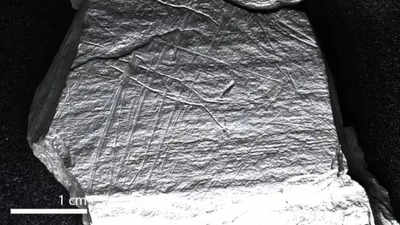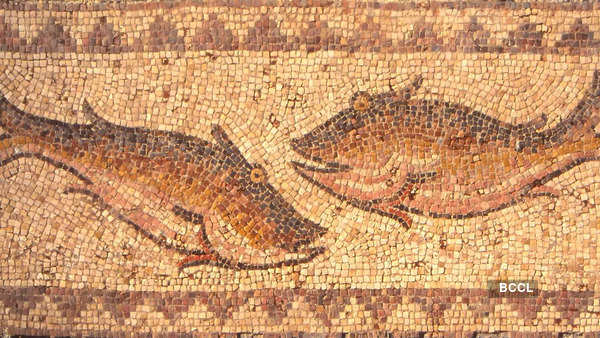

An exciting discovery in Germany gives us a unique and fresh look at how early humans may have fished. Archaeologists have discovered 15,800-year-old carvings on small stone sites that show fish, along with patterns that resemble fish traps or nets. This finding tells us more about what people ate during the Ice Age, and also suggests that fishing was more than just an activity purely for entertainment or even food; it could have special symbolic or cultural significance and meaning.
Gonnersdorf: an important site for Ice Age art

Gonnersdorf is an important archaeological site known for its diverse examples of animals, including wild horses, mammoths and reindeer – important animals for the survival of the people who lived there. The site is also known for its carvings of human figures, especially its artistic depictions of women. These works of art have greatly helped researchers understand more about the lives and beliefs of people thousands of years ago.
Recent discoveries in Gönnersdorf have revealed even more about early humans. In addition to photos of animals and people, researchers found the earliest images of fish. Carvings of fish and net-like patterns suggest how ancient people would have caught fish.
How researchers discovered the secret
This discovery was made by researchers from the MONREPOS Archaeological Research Center in Germany and the University of Durham in Great Britain. They used a special technology called Reflectance Transformation Imaging (RTI) to take highly detailed photographs of the stone slabs. RTI helps reveal small details that are difficult to see with the eye. This allowed the team to make the engravings clearer and find new details that were previously overlooked.
Fishing: a symbolic activity

The fish drawings are important because they suggest that early humans did not just catch fish for food; they may also have had other reasons for showing fish in their art. The carving of fish in stone indicates that fishing had a special meaning, and not just a practical purpose. The patterns on the stones may represent fishing nets or traps, suggesting that fishing was a planned activity linked to customs, traditions and rituals.
A fresh look at ice age technology
Before this discovery, we didn’t know much about how early humans caught fish. The carvings indicate that they may have used nets or traps, which is a more advanced method than simply stabbing fish or catching them by hand. This suggests that early humans used clever fishing techniques long before agriculture began.

The findings were published in PLOS ONE, a scientific journal, highlighting and emphasizing how important this discovery is for understanding our ancient past. As research methods improve, more will be discovered about how early humans lived and how many of their practices still influence our lives today.
Thumb image credits: Robitaille et al., 2024, PLOS ONE, CC-BY 4.0